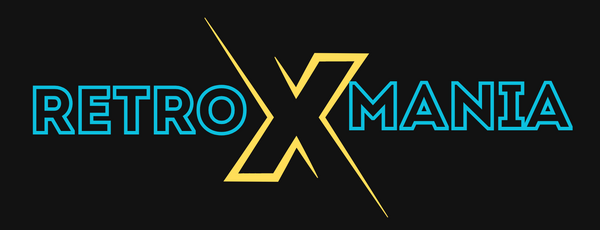With the growing popularity of Pokémon cards, counterfeits are unfortunately becoming more and more common. Whether you're a collector, a player, or the parent of a Pokémon fan, knowing how to spot a real Pokémon card from a fake is essential . Here's a simple, visual guide to help you never get scammed again.
1. The feel and quality of the paper
Real Pokémon cards have a specific weight, neither too light nor too stiff. If a card feels too thin or too shiny, be wary.
✅ A real card has a slightly grainy texture on the back.
❌ A fake card is often smooth, even laminated.
Tip: Gently bend the card (without forcing it). A real card offers some resistance and springs back into place without marking.
2. Borders and cutting
Official maps have regular borders and a clean cut.
✅ The corners are perfectly rounded, without any irregularities.
❌ Fake cards often have poorly cut corners or off-center borders.
Tip: The yellow edges are sometimes more vivid on fake cards.
3. Printing and details
A real map has a crisp print, with well-defined outlines.
✅ Fonts, logos and symbols are perfectly aligned.
❌ A fake often has blurry text, spelling or formatting errors.
Useful zoom: Using a smartphone or a magnifying glass, examine the name or PV area. If you see pixels or blurry print, that's a bad sign.
4. The holographic effect
Glossy cards are the most copied. Holography is a good way to verify.
✅ A real Holo card has a subtle and well-integrated effect.
❌ Fake ones shine too brightly or with an exaggerated rainbow effect.
5. Light and the black layer test
Official maps are made in three layers, with a black layer in the center.
Simple test:
- Take a powerful LED lamp.
- Place it behind the card.
- A real card lets little or no light through.
- When you tear it open (which we don't recommend), you'll see a thin black layer in the center of a real card.
6. The back of the card
The back of a real Pokémon card is very specific.
✅ The colors are deep, the "Pokémon" logo is sharp, and the Pokéball is centered.
❌ A fake will have too light a blue, blurred edges or asymmetry.
7. Price and place of purchase
A good deal can hide a scam.
❗ If the price is too good to be true, it often is.
Favor specialized stores, trusted sites like Retroxmania.com, or well-rated sellers.
Conclusion: how to avoid counterfeits?
- Always check the appearance, weight, font and holographic effect.
- Beware of dubious sellers.
- Favor buying from enthusiasts who know the market well.
At Retroxmania, all our handmade Pokémon cards, card sleeves, and accessories are selected for their quality and transparency.
🎴 Protect your cards with our premium sleeves and start an authentic collection without any nasty surprises! Discover the accessories here


